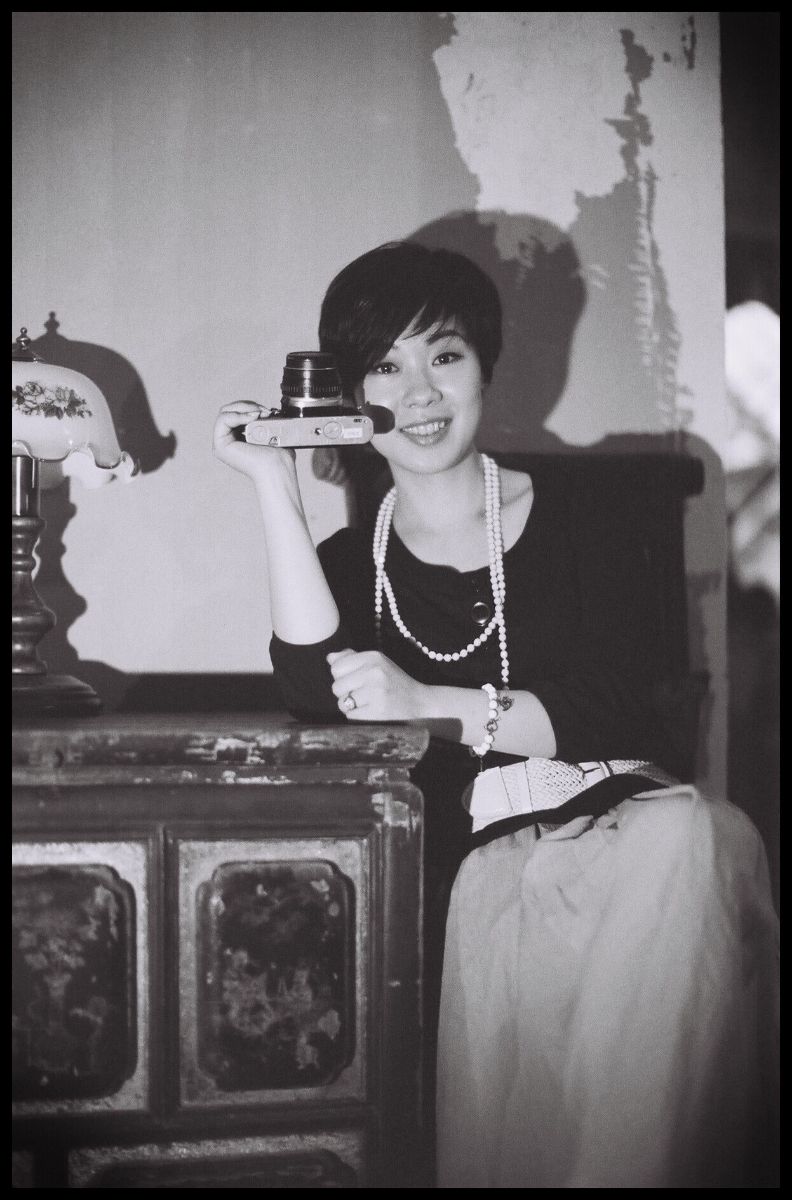- 2022 Pioneer Prize
- From Residential Space
Space and Life
Projet Description
A quote from Italian architect Aldo Cibic gave me the idea to design this project. He said in an interview: "Many architects only create space, not life." His words caused me to think deeply.
I have always regarded space as the focus of my creation, like how its scale ratio, visual effects, how to be stunning and thought-provoking. And of course, I also attach great importance to people's feelings in space, their comfort, and so on. I have thought a lot and made a lot of attempts about the relationship between people and space. Sometimes I have had successes, and sometimes I failed. However, I realized that real success is not only gaining some recognition. What matters toward a living space is bringing current life and future to the occupants.
Gradually, I began to conduct more in-depth research on space and found that starting from itself to think about space isn't correct. Even though space serves human beings, people are not the only carriers, the time and objects are as well. It is a carrier that connects us with everything around us, including nature.
Nowadays, people demand a higher quality of life, while the proportion of material pursuits and spiritual pursuits has undergone tremendous changes, especially in China. Therefore, before proceeding with residential space planning, we should be guided by the following concepts:
1. Focus on the relationship between people and nature, people and space, people and people, people and objects;
2. Spatial change and development of intelligent living;
3. Simple appearance, but more inner concern;
4. Warm residential atmosphere and original essence of life.
The project is my attempt with the above thinking. It was a residence where a well-off family has lived for more than ten years with the owner's memories of the history and expectations for the future. Thus, my renovation plan focus on two key factors: effect storage and reasonable spatial expansion.
Storage does not mean placing many cabinets for items because they will reduce the space for activities and develop the bad habit of hoarding items. Effect storage starts from handling the relationship of "space, people, and objects", which means placing items in suitable places. During the arrangement, people may form a correct viewpoint of material, like people can understand the inner needs, tidy up the spiritual chaos, and make life comfortable. In this project, I have created the entrance area by changing the height of the ground and connecting it with the balcony, so that outdoor products can be placed directly to the balcony while entering the door. Lockers and sinks enrich the function of the entrance. This design will solve most of the storage problems.
Achieving powerful functions in a limited space is a requirement of many families. But how can they match with each other? It turns out to be the movement of people, human-human, human-nature interaction as the premise. All spatial expansions aimed at promoting family relationships and good physical and mental health are reasonable and successful.
The habitable space should be alive. It accompanies the growth of a family and the growth of itself. However, it carries unique genes, which means some memories of the owner's life. For example, the wooden beam support with peony flowers, the red brick wall, the "Plum, Orchid, Bamboo and Chrysanthemum" wood carvings, and the wooden dining table that has been used for years.
We always focus on improving the living environment, but it is to improve life ultimately. We often forget the original intention when we are dominated and consumed by space. In the final analysis, we forget how to live. In reality, both space designers and space owners need to balance desire with practical life and think about the real meaning of the residential space.
Master of Contemporary Space Design and Research, University of Barcelona Spain
Master of Arts and Design Studies, Autonomous University of Barcelona - EINA School of Design,
Member of China Building Decoration Association, senior interior architect,
Registered Full Case Designer (Advanced)
With working experience in interior design for 20 years, she established her design studio and has served many well-known Chinese real estate companies. From residential design to office space and commercial projects, from spatial planning to soft furnishings, she combined with what she has learned during her overseas study and living and accumulated solid professional knowledge and a broad humanistic vision.
She prefers simple design aesthetics and a simple but high-quality lifestyle. Her design reflects the aesthetic attitude of taking simplicity as beauty, nature as beauty, and silence as beauty.

